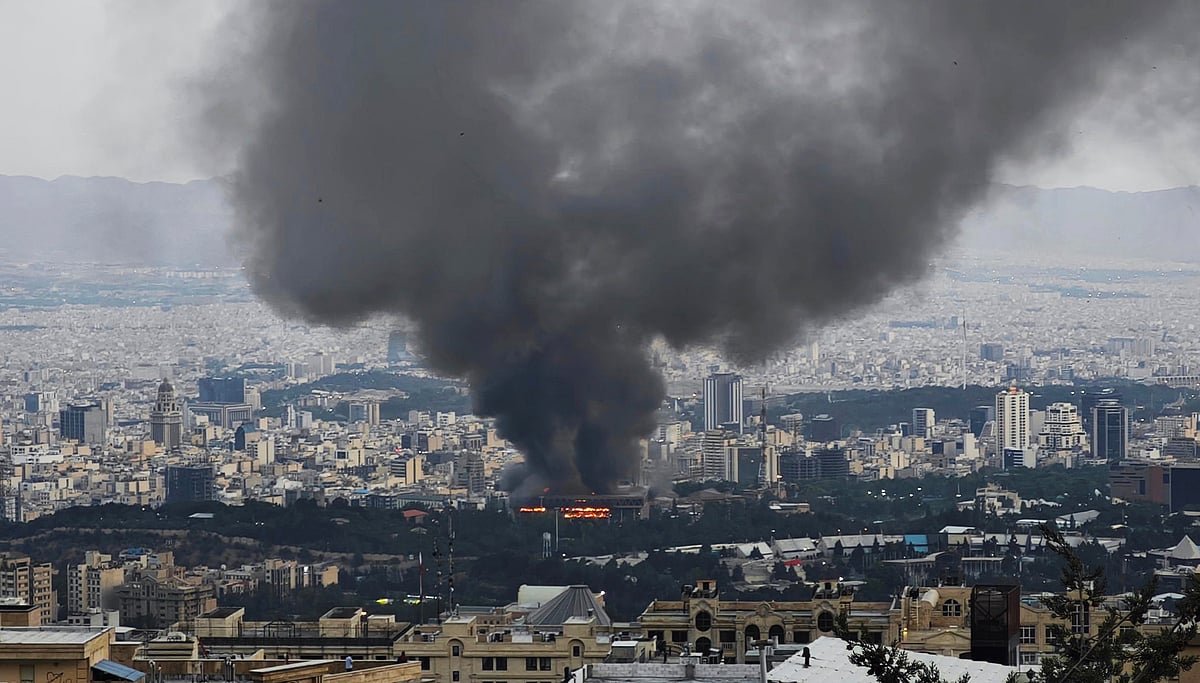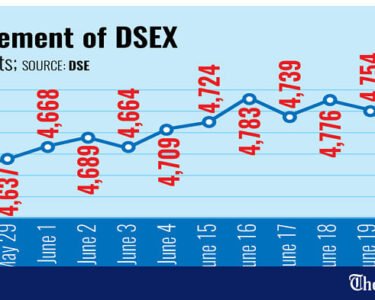The global oil market is on high alert as U.S. launches attacks on Iran’s massively fortified nuclear sites, including Fordow, Natanz and Isfahan. In the early hours of Sunday, President Trump announced that the U.S. has hit Iran’s nuclear targets, thereby dramatically escalating the conflict in West Asia.
Brent crude has already surged 11% since Israel’s initial attack last week, and, as reported by Bloomberg, the U.S. intervention could ignite a fresh wave of volatility. Energy markets are now in a wait-and-watch approach over Iran’s response, which may include targeting U.S. interests or critical oil infrastructure in the Gulf. Iran also had earlier threatened that if the US attacks, the country would not hesitate to close the highly sensitive Strait of Hormuz, a chokepoint for nearly a fifth of the world’s daily oil flows.
The Trump administration’s decision to join the conflict follows days of ambiguity. Last Thursday, the former president said he would take two weeks to decide on military action. That changed abruptly early Sunday, when he confirmed the strikes, calling them a “payload of BOMBS” that had “totally obliterated” the targets. Trump warned Tehran of further action if it did not agree to peace with Israel.
Energy markets are responding with extreme caution. Freight rates for oil tankers moving crude from the Middle East to Asia have surged nearly 90%, as per Bloomberg, while traders are paying record premiums on options to hedge against further price spikes. Volatility has prompted a massive exit from futures markets, with open interest dropping by 367 million barrels — about 7% — since June 12, the eve of Israel’s attack.
Despite the heightened tensions, physical oil flows through the Strait of Hormuz have not yet been disrupted. However, experts warn that any escalation involving Iran could quickly change that. The waterway is critical not only for Iranian exports, but also for oil shipments from Saudi Arabia, Iraq, and Kuwait.
Iran, for its part, has signalled both defiance and pragmatism. On Friday, it floated the possibility of modifying its uranium enrichment programme, a move that briefly eased crude prices. Meanwhile, the country appears to be accelerating oil exports in a bid to preempt future sanctions or logistical disruptions.
Still, the risk of an uncontrolled escalation looms large. Beyond the oil market, traders are watching for any signs that the crisis could spill over into a broader economic shock. Previous oil supply disruptions have triggered inflation spikes and even recessions — a scenario that would contradict Trump’s campaign promise to stabilise fuel prices and bring inflation under control.
As the week begins, the world’s largest energy market is bracing for what could be a defining moment — not just for oil prices, but for global geopolitical stability. Whether the crisis tips into full-blown disruption or pulls back from the brink now depends on Tehran’s next move.




